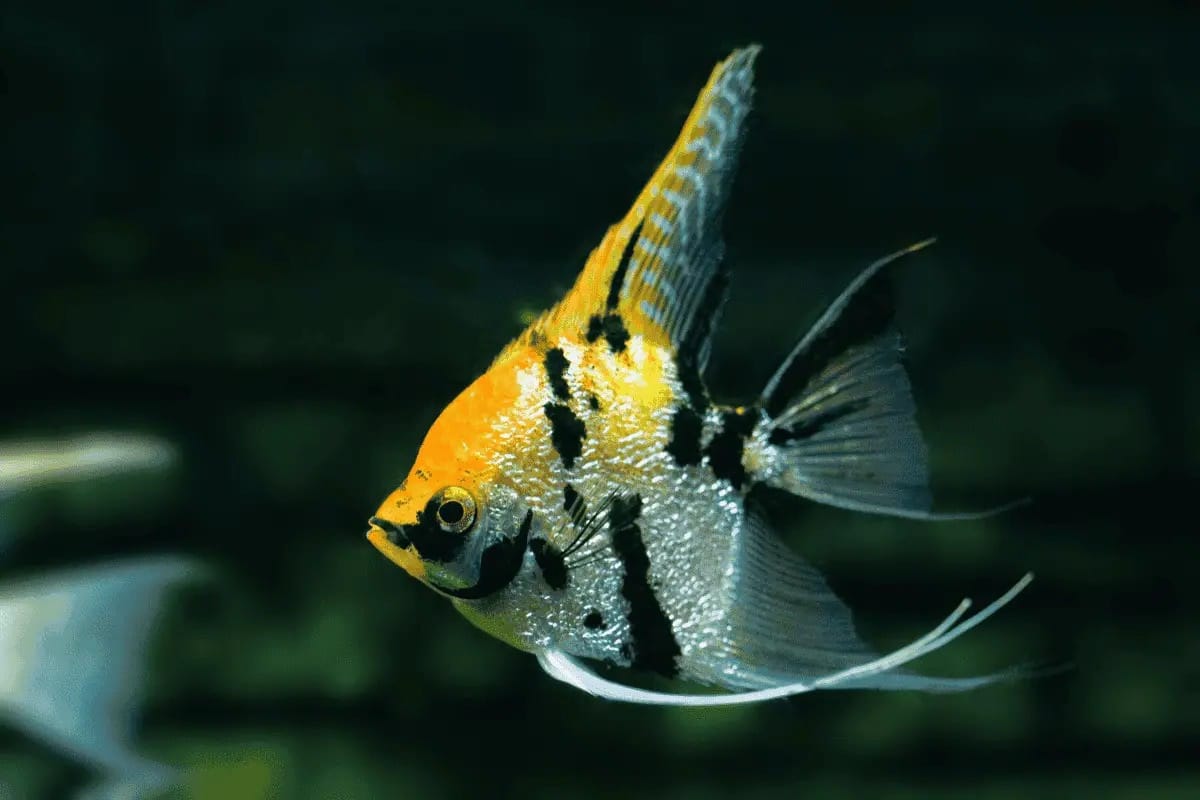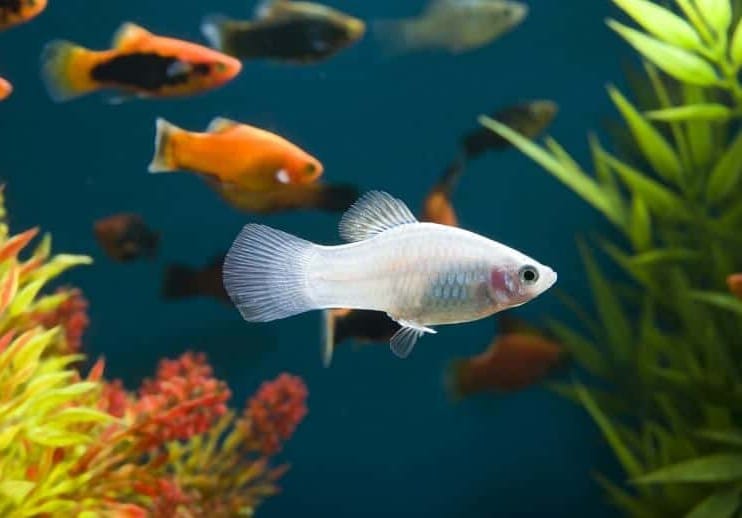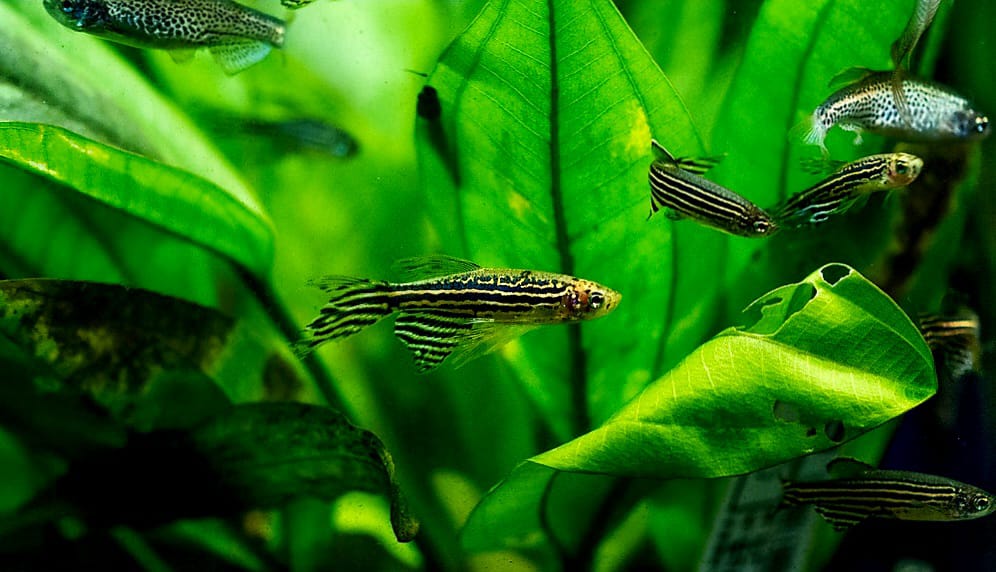Owning pet fish is a rewarding experience, but choosing between freshwater and saltwater fish is an important decision. Both categories come with unique requirements and challenges.
This guide explores these two main pet fish categories in detail, discussing 10 key aspects for each, along with examples and in-depth explanations.
For more insights into why fish make the best pets, check out our related article: Fish Make the Best Pets: A Comprehensive Comparison.
Table of Contents
Freshwater Fish: Simplicity and Accessibility
Beginners widely prefer freshwater fish due to their simpler care requirements and lower maintenance costs. Here are 10 important aspects to consider:
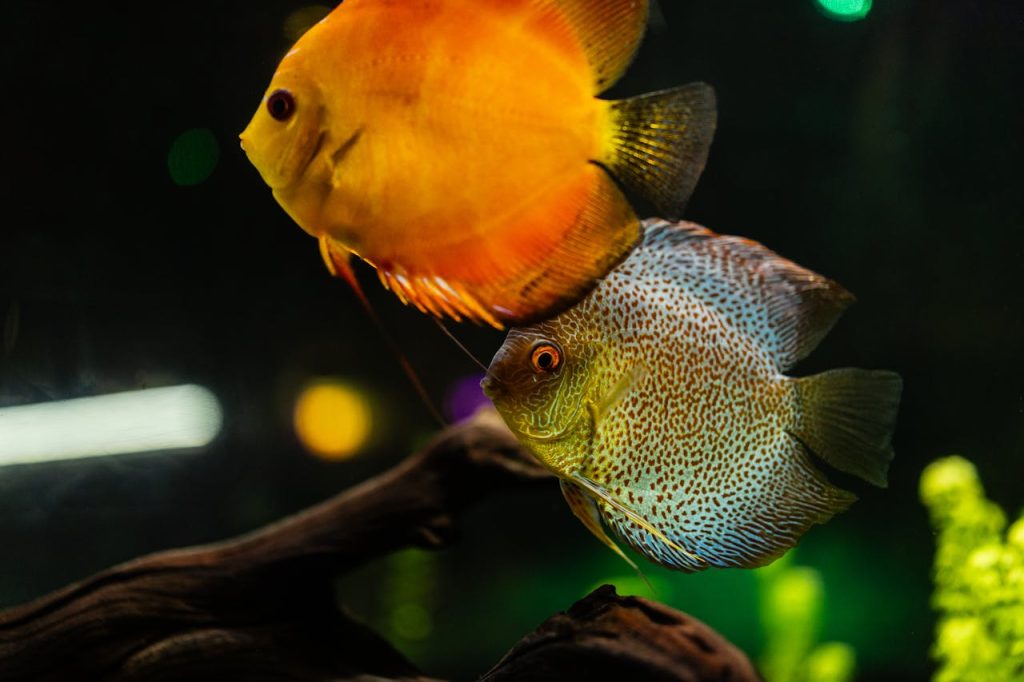
Types of Freshwater Fish
Freshwater fish come in a variety of species, from hardy beginner-friendly fish to more advanced species requiring specific care.
Some of the most common freshwater fish include Betta fish, which are colorful and easy to care for, Goldfish, which require larger tanks despite common misconceptions, Guppies, which are lively and breed easily, and Tetras, which are schooling fish that thrive in peaceful environments.
Angelfish are another popular choice, requiring slightly larger tanks due to their growth potential.
Tank Requirements
Freshwater aquariums can range from small betta bowls to large community tanks. While some fish, like Bettas, can survive in smaller tanks, most freshwater fish thrive in larger aquariums that provide space for swimming and hiding spots.
Goldfish, for example, need at least a 20-gallon tank for one fish, with additional space for each extra fish. A well-planned freshwater tank with plants and decorations provides a balanced ecosystem for the fish.
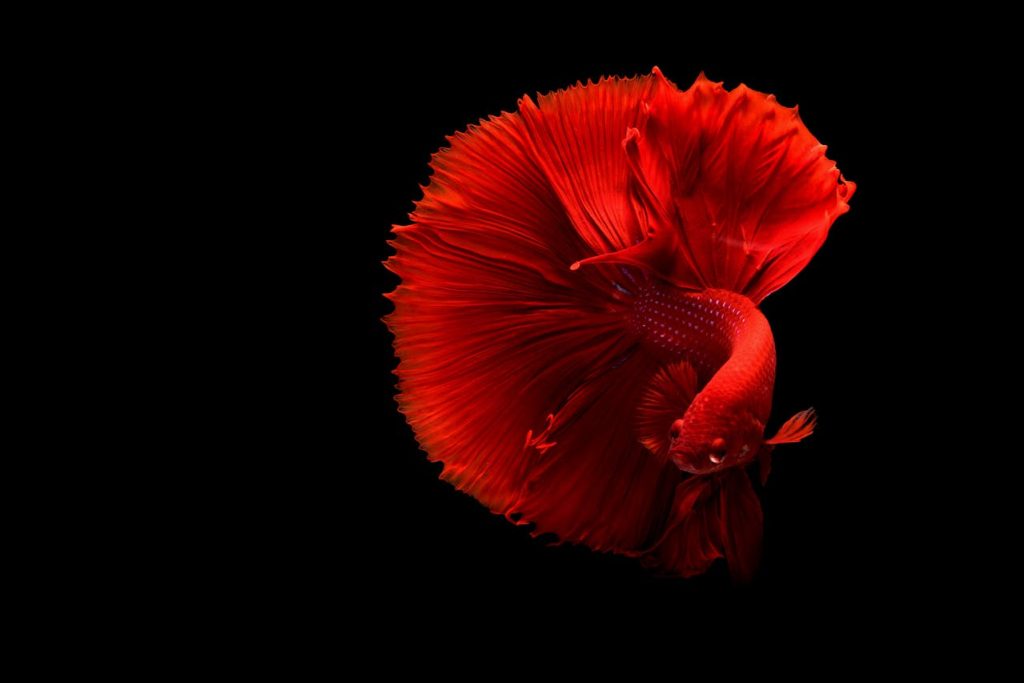
Filtration System
Freshwater tanks require proper filtration to maintain clean and stable water conditions. Basic sponge filters, hang-on-back filters, and internal canister filters are commonly used.
Filters help remove waste, excess food, and toxins like ammonia. Fish like Corydoras catfish and Plecos help keep the tank clean by consuming algae and leftover food.
Water Conditions
Most freshwater fish thrive in temperatures between 72°F and 78°F, although some species, such as Discus, require slightly warmer water.
pH levels should generally be maintained between 6.5 and 7.5, but species like African Cichlids prefer more alkaline water. Water changes of 10-25% weekly help maintain water quality.
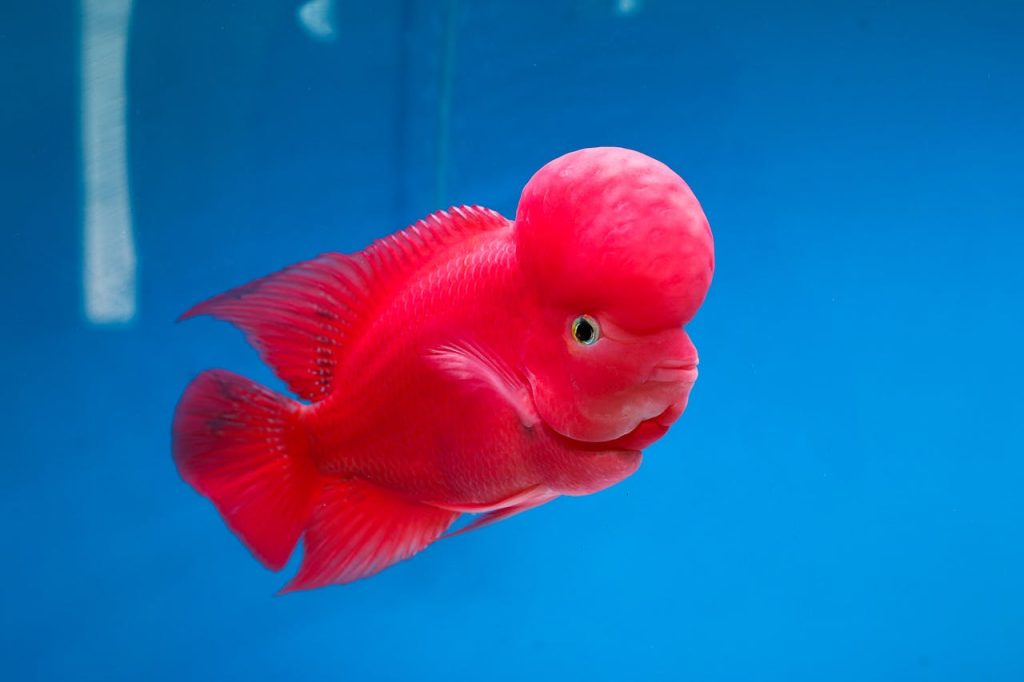
Food and Diet
Freshwater fish diets vary by species. Common fish foods include flakes and pellets, while some fish prefer live or frozen foods like brine shrimp and bloodworms.
Herbivorous species like Mollies require plant-based food, while carnivorous fish like Bettas thrive on protein-rich diets. Feeding the right diet ensures proper growth and vibrant coloration.
Compatibility
Choosing compatible tank mates is crucial for a peaceful aquarium. Some fish, like Tetras and Rasboras, are schooling fish and need to be kept in groups.
Aggressive fish, such as certain Cichlids and Bettas, should not be housed with small, peaceful fish.
Understanding temperament and space requirements helps avoid conflicts and stress among tank inhabitants.
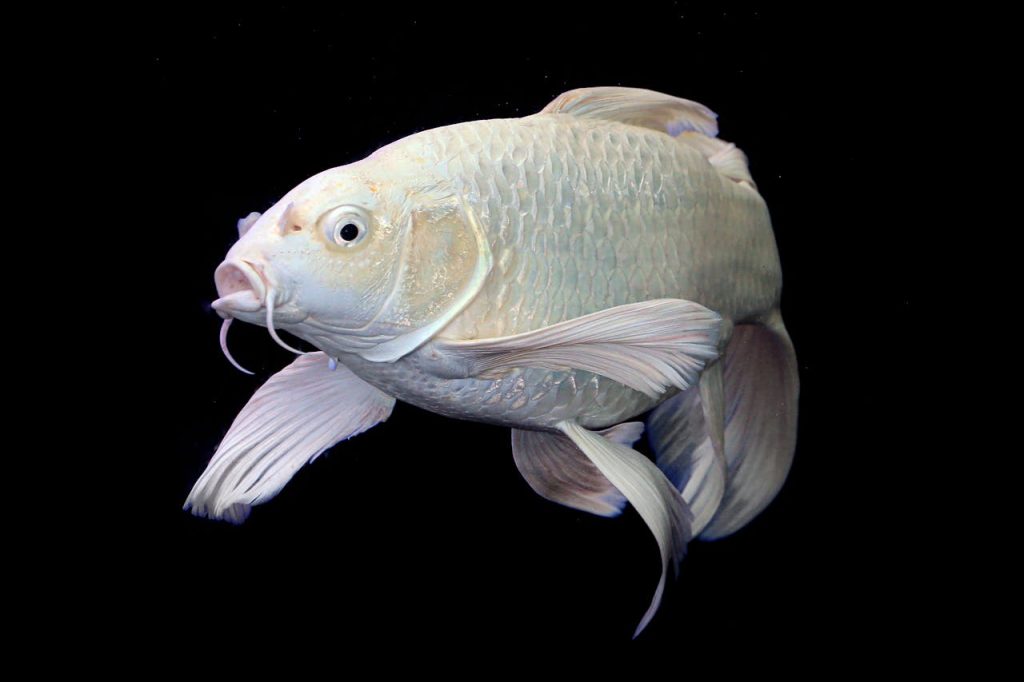
Tank Decoration and Plants
Live plants like Java Fern, Anubias, and Amazon Swords enhance water quality by absorbing nitrates and providing oxygen.
Rocks, driftwood, and artificial caves offer hiding spots for shy fish. A well-decorated freshwater tank creates a natural and stimulating environment for the fish.
Breeding Freshwater Fish
Many freshwater fish breed easily in home aquariums. Guppies, Mollies, and Platies are livebearers that give birth to fully formed fry.
Other species, like Angelfish, lay eggs that require parental care. Providing separate breeding tanks or dense plant cover helps protect fry from being eaten by adult fish.
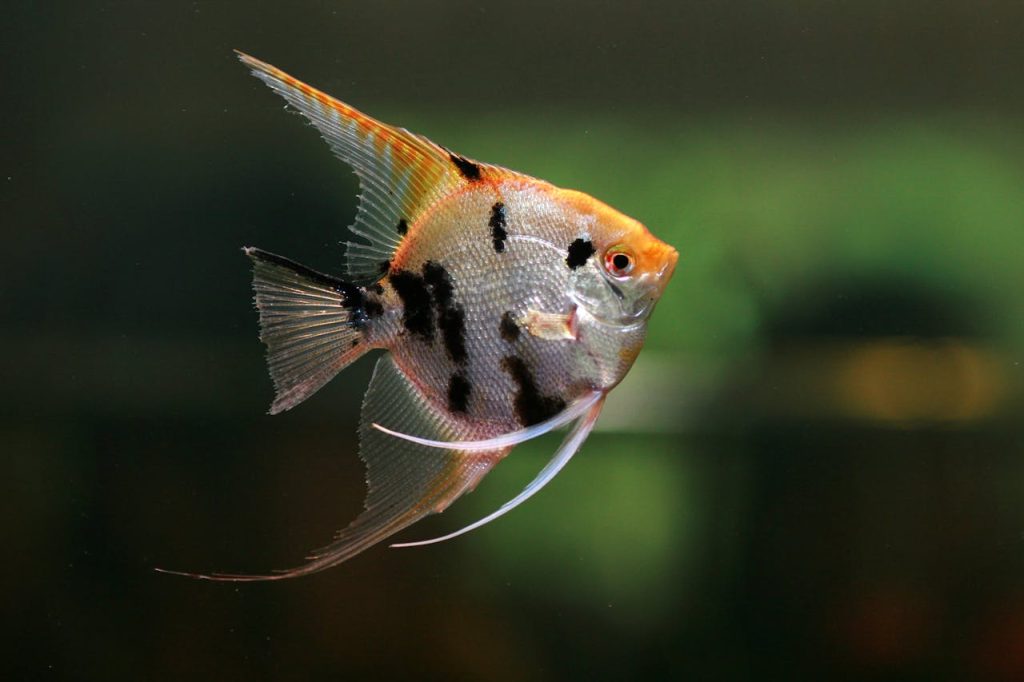
Cost Considerations
Freshwater fishkeeping is budget-friendly. The initial setup costs are relatively low, and maintenance expenses remain manageable.
A basic freshwater setup with fish, filters, and decorations can be set up at a fraction of the cost of a saltwater tank.
Common Challenges
Common freshwater fishkeeping challenges include algae buildup, overfeeding, and poor water quality.
Regular maintenance, proper filtration, and avoiding overstocking help keep problems under control.
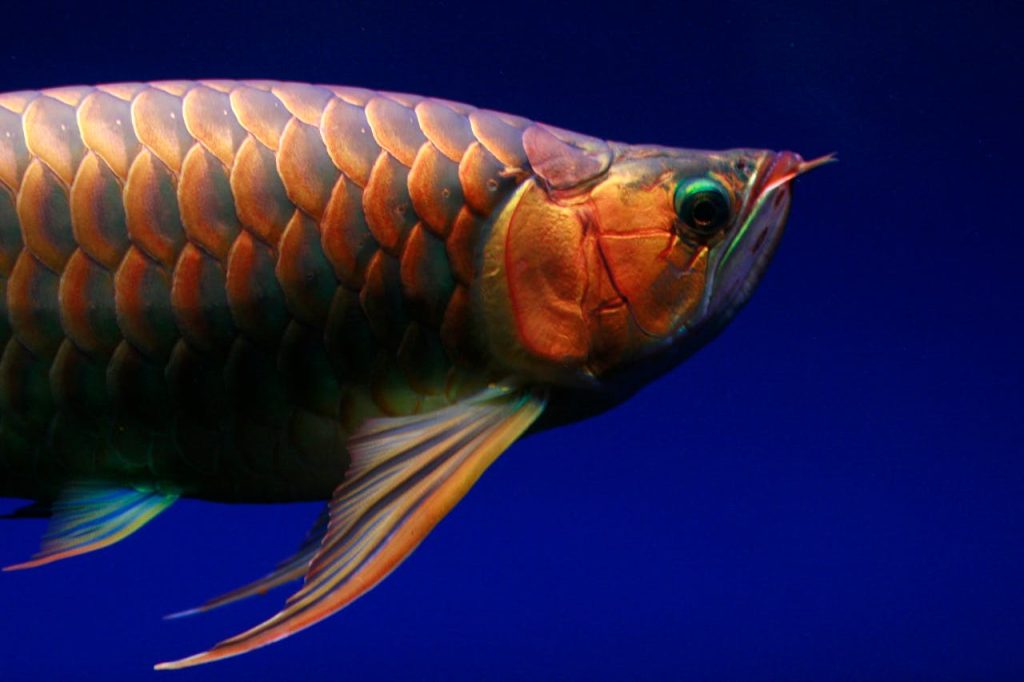
Saltwater Fish: Beauty and Complexity
Saltwater fish are known for their vibrant colors and unique behaviors, but they require more specialized care. Here are 10 aspects to consider before starting a saltwater aquarium:
Types of Saltwater Fish
Saltwater fish are often more exotic and colorful than freshwater species. Popular examples include Clownfish, known for their association with sea anemones, Tangs, which are active and require large tanks, Wrasses, which are vibrant and excellent for pest control in reef tanks, and Butterflyfish, which have unique patterns but need specialized care.
Gobies and Blennies are peaceful bottom-dwellers that add diversity to a reef tank.
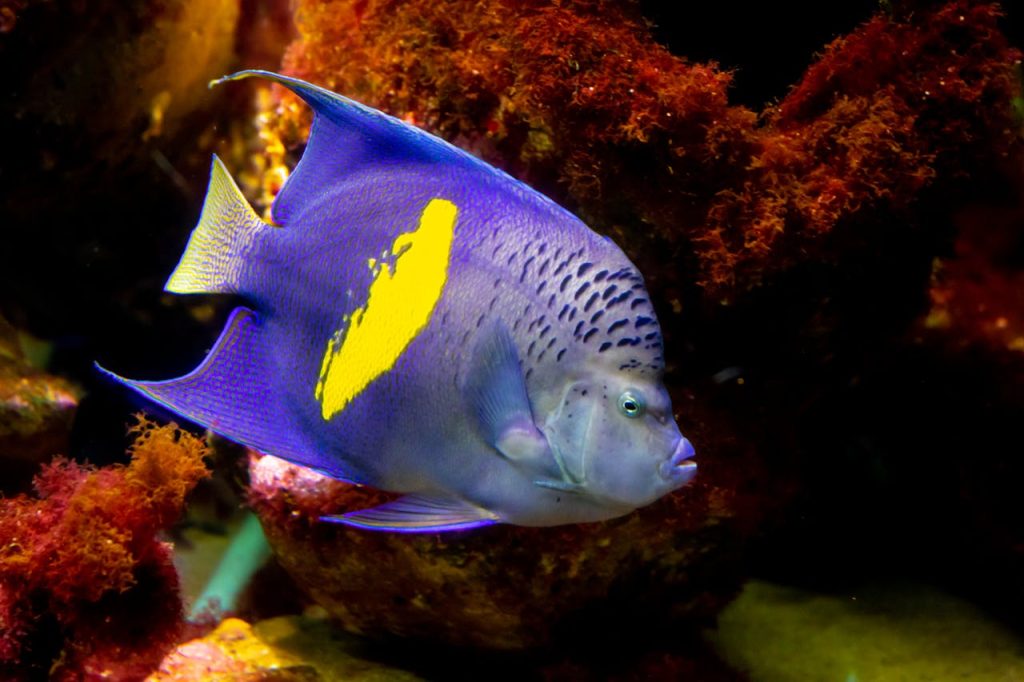
Tank Requirements
A saltwater aquarium requires a larger tank for stability. Beginners should start with at least a 30-gallon tank, while reef tanks need even more space.
Larger tanks help maintain stable water parameters and provide ample swimming space for fish.
Filtration System
Saltwater tanks require more advanced filtration systems, including protein skimmers, sump filters, and high-quality biological media.
Live rock and sand also contribute to natural filtration by housing beneficial bacteria that break down waste.
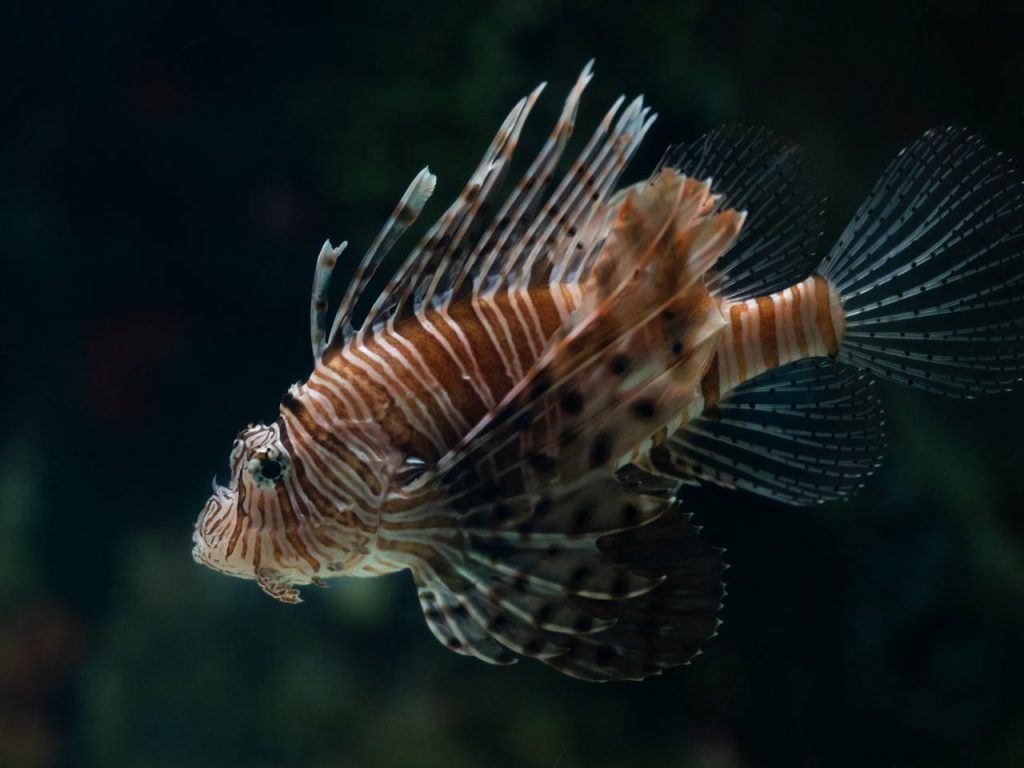
Water Conditions
Saltwater aquariums require a specific salinity level, usually between 1.020 and 1.025 specific gravity.
The pH should be maintained between 8.1 and 8.4, and temperature should stay between 75°F and 80°F. Regular water testing ensures proper conditions.
Food and Diet
Saltwater fish have diverse dietary needs. Some, like Tangs, need seaweed and algae-based diets, while others, like Lionfish, require meaty foods.
High-quality marine pellets, frozen shrimp, and live foods help meet their nutritional requirements.
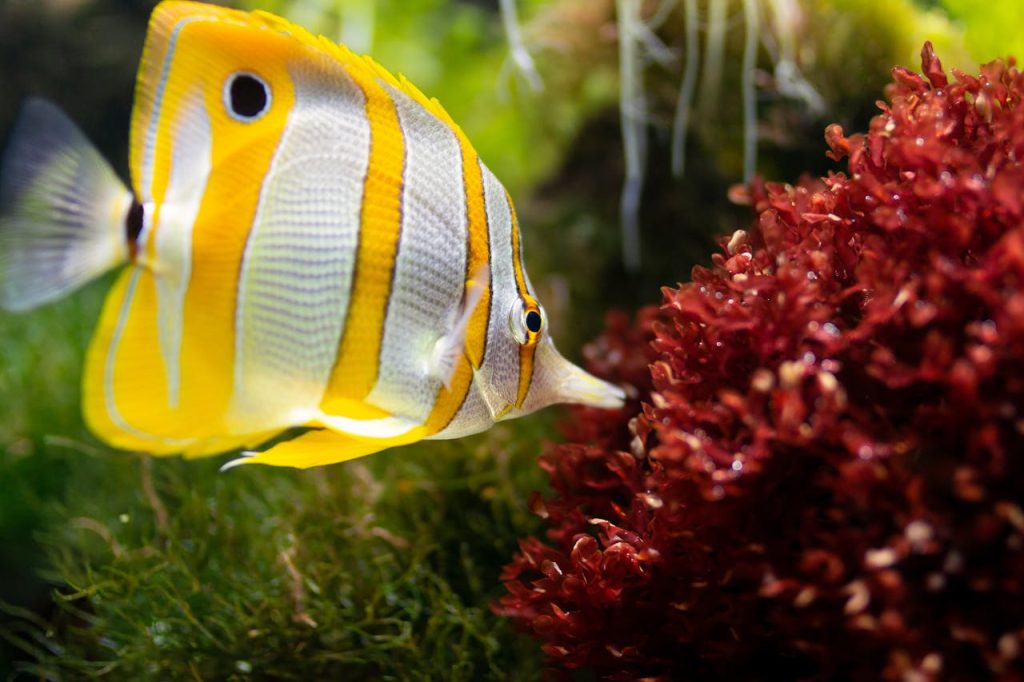
Compatibility
Saltwater fish can be territorial, requiring careful tankmate selection. Reef-safe species, like Clownfish and Royal Grammas, coexist well with corals.
Aggressive species, like Triggerfish, need species-specific tanks.
Reef Tank Considerations
Reef tanks include corals, anemones, and invertebrates. Special lighting (LED or T5) is essential for coral growth.
Some fish, like Butterflyfish, may nip at corals and should be avoided in reef tanks.
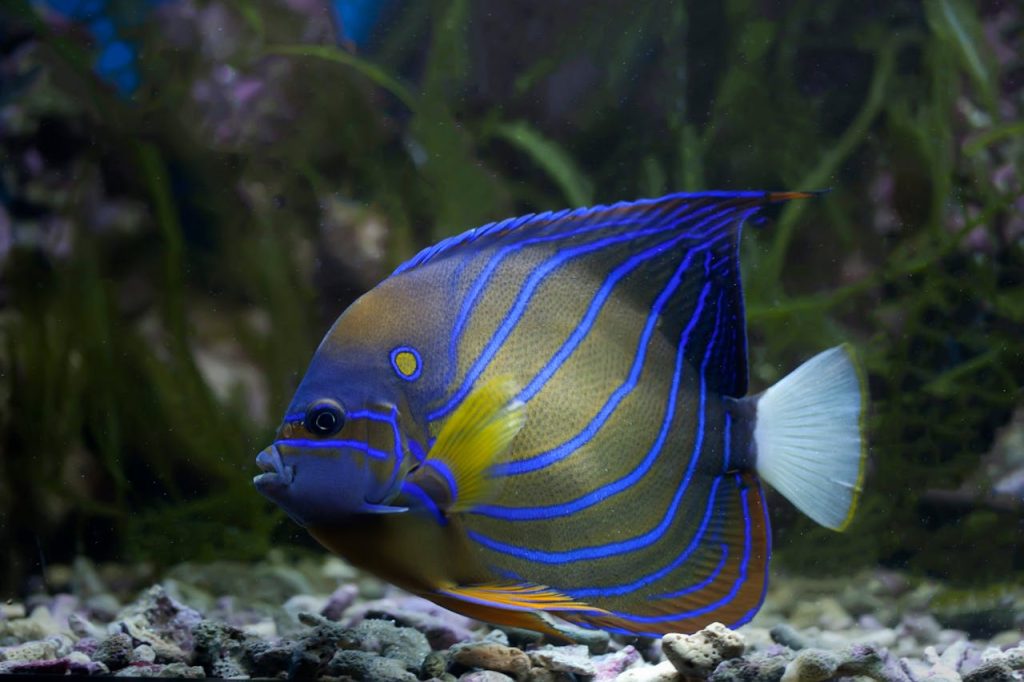
Breeding Saltwater Fish
Breeding saltwater fish is challenging. Clownfish are among the few that breed successfully in captivity.
Many marine species require larval-rearing techniques, making breeding efforts complex.
Cost Considerations
Saltwater aquariums are more expensive due to specialized equipment, high-quality salt mix, and expensive fish species. Maintenance costs are higher than freshwater setups.
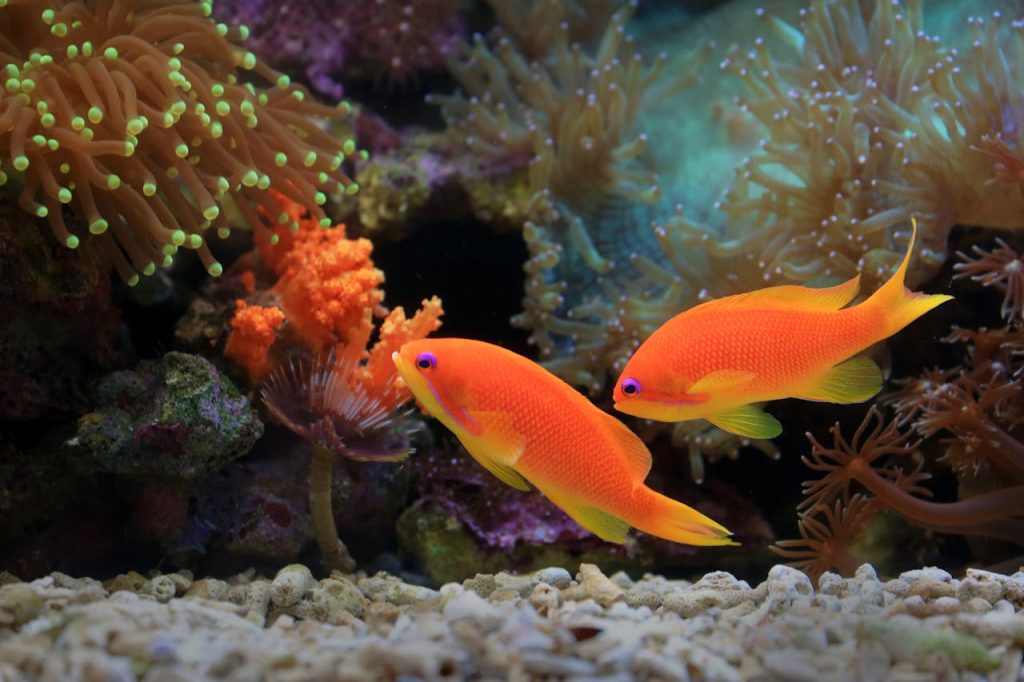
Common Challenges
Common issues include water parameter fluctuations, disease outbreaks, and coral care. Strict monitoring and maintenance are required for a thriving saltwater aquarium.
Final Thoughts
Both freshwater and saltwater fish offer unique experiences for pet owners. Freshwater fish provide an easy, low-cost entry into the hobby, while saltwater aquariums reward dedicated owners with stunning beauty and biodiversity.
Your choice depends on your experience level, budget, and the type of fishkeeping experience you desire.
For further insights on why fish make great pets, don’t forget to check out our detailed article: Fish Make the Best Pets: A Comprehensive Comparison.
FAQs
Which is better, freshwater or saltwater fish?
Freshwater fish are easier to care for, while saltwater fish are more colorful but require more maintenance.
What is the difference between saltwater fish and marine fish?
There is no difference; marine fish are saltwater fish that live in oceans and seas.
What happens if you put a saltwater fish in a freshwater tank?
The fish will absorb too much water, causing cell damage and death.
What are the 3 differences between freshwater and saltwater?
Water salinity, fish species, and tank maintenance requirements differ between the two.


